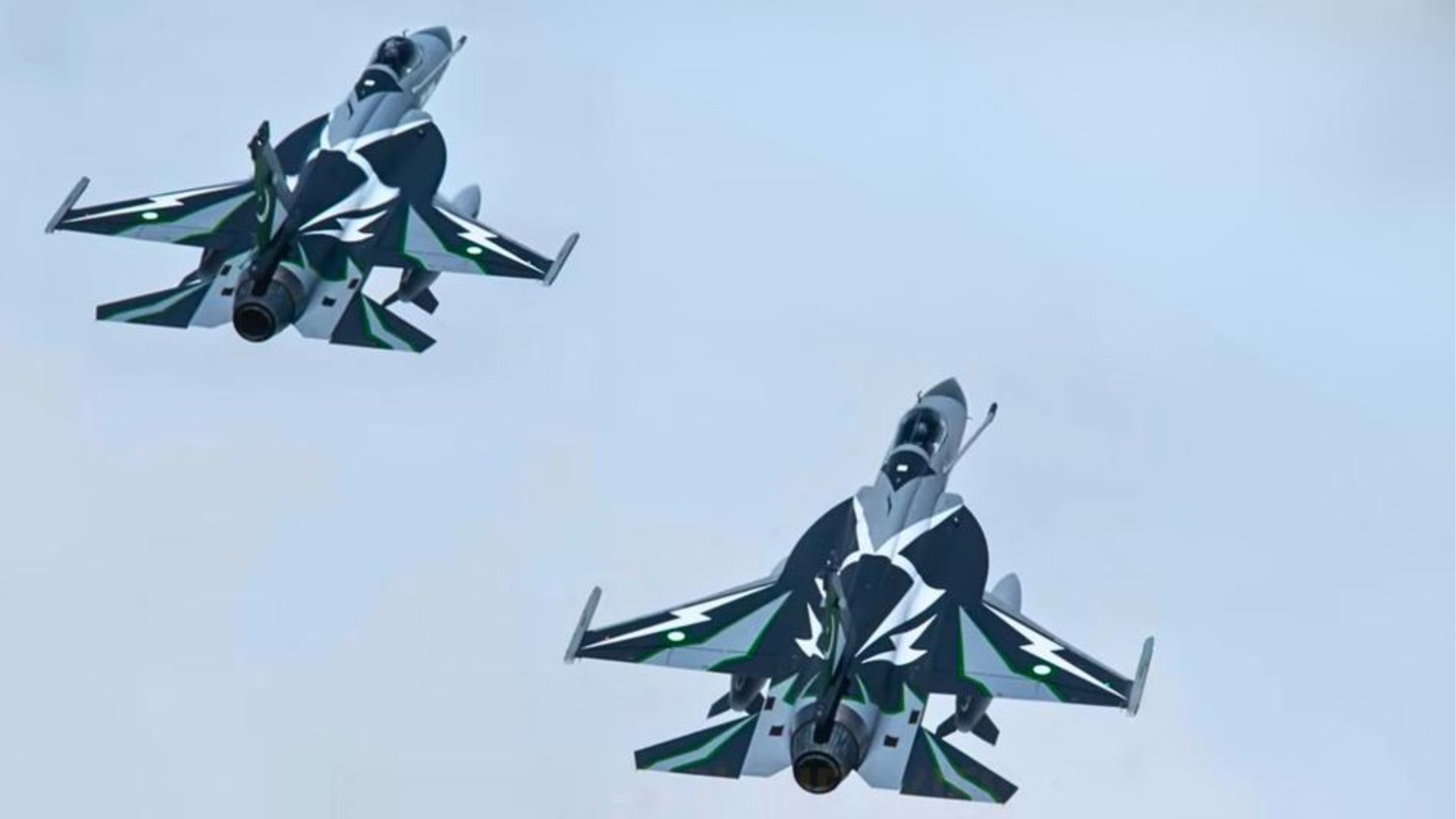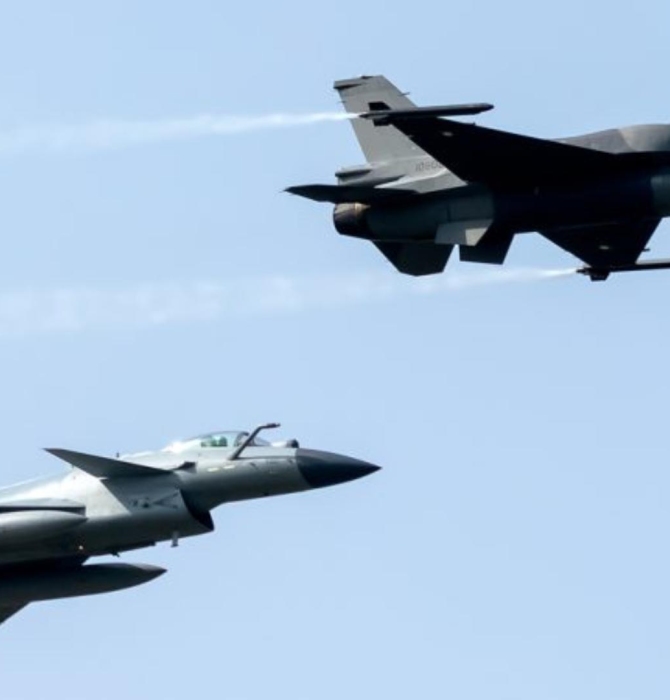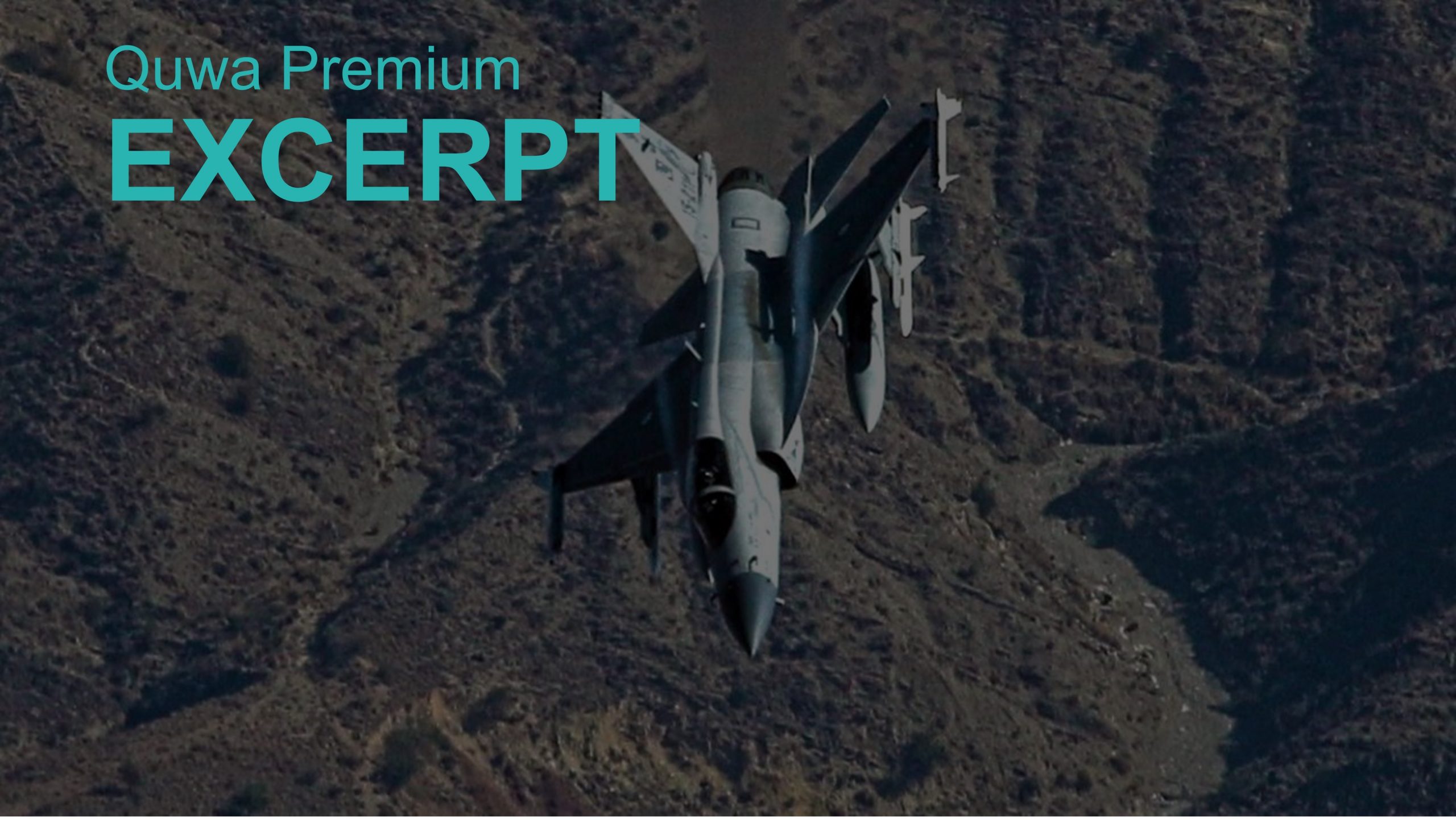14007Views

Beyond Block-3: Why the JF-17 Thunder Remains Crucial for the PAF’s Future Quwa Premium
The high-profile debut of the JF-17C Block-3 at the 2025 Royal International Air Tattoo (RIAT) served as a key signal of Pakistan’s continued commitment to its flagship fighter program.
While the Pakistan Air Force (PAF) accredited all of its aerial victories against the Indian Air Force in the May 2025 conflict to its J-10CE fleet, its interest in promoting the JF-17 Thunder on the international stage remains undiminished. This commitment is not merely a matter of national pride; it is a strategic imperative rooted in industrial capacity, long-term fleet planning, and an evolving concept of air warfare.
The Thunder program recently received critical momentum from a multi-billion-dollar order for 40 units from the Azerbaijan Air Force. This deal is significant on two fronts. Firstly, it is Pakistan’s single-largest defence export order to-date, providing a substantial financial and reputational boost.
Secondly, and perhaps more importantly, it is a probable catalyst for supporting the JF-17’s continued development. Pakistan possesses a growing portfolio of original and sophisticated subsystem projects, including active electronically scanned array (AESA) radars, guided munitions, and other core inputs.
There is a strong domestic incentive to integrate these indigenous systems into the Thunder, especially since Pakistan Aeronautical Complex (PAC) has already invested heavily in the infrastructure required for such complex work. The revenue from the Azeri order could prove instrumental in funding this next phase of development, particularly as the PAF itself appears to be recalibrating its own procurement priorities.
With an eye on expanding its air defence footprint and bolstering its offensive air warfare capabilities, the PAF had trimmed its domestic JF-17C order from an originally planned 50 aircraft to just 30.
Export success, therefore, offers a vital alternative funding stream to keep the program’s evolution on track. The first glimpse of this future has already emerged: Project PFX Alpha, which appears to be the first designated post-Block-3 upgrade path for the JF-17. It is a program that could, despite the PAF’s shifting focus, merit a place in its future fleet.
The PAF’s Reference Point is Systems, Not Platforms
The future composition of the PAF’s combat aircraft fleet is far from certain. The operational lessons from the recent conflict with India will undoubtedly inform key decisions, but a more fundamental shift is also underway. The PAF is moving towards a new approach to air warfare, one built on integrated systems rather than the capabilities of individual platforms.
End of excerpt (398/1,353 words).
Existing Quwa Plus/Pro members can log in below
Note: Logged in members may need to refresh the article page to see the article.


